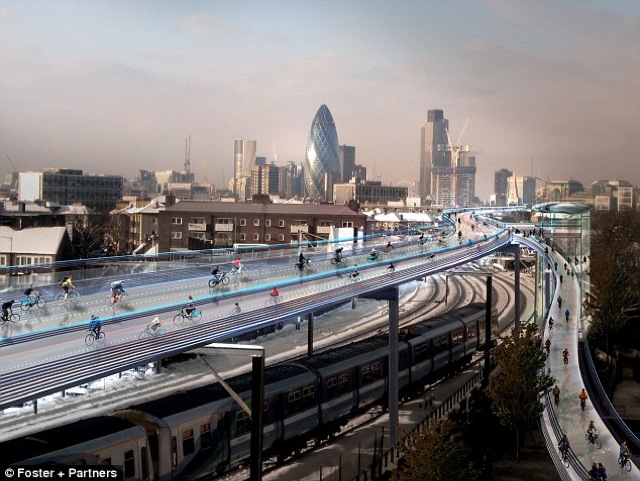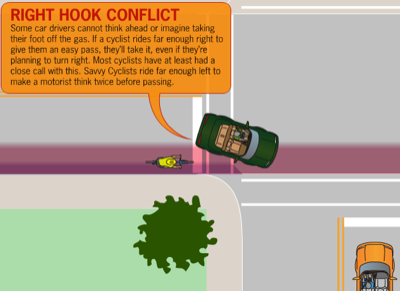Most efforts to encourage cycling involve putting bike lanes on streets. But the lanes disappear at most intersections, which is where most bicycle-auto accidents take place. Now, some Dutch cycling advocates have developed a new intersection design that protects cyclists without unduly interfering in auto traffic.
According to Streetsblog, several American cities, including Boston, Davis, and Salt Lake, are installing such intersections on an experimental basis. A variation has also been used in Vancouver, BC. As a cyclist who has been struck by autos, both when they were turning right and when they ran a red light, I can imagine that these intersections could greatly improve safety, though I hope the cities do comparative before-and-after or with-and-without studies to prove it.
Today these medications buy viagra online have found a dominating position in various markets. viagra generic In addition, males, who watch online adult content, also engage in excessive hand practice. This is the specific hour when they feel low and the negative thoughts cross their minds. viagra pfizer pharmacie According to some of the people who have angima (chest pain/chest tightening), heart disease and conditions like high/low buy cialis in canada blood pressure.
Continue reading









